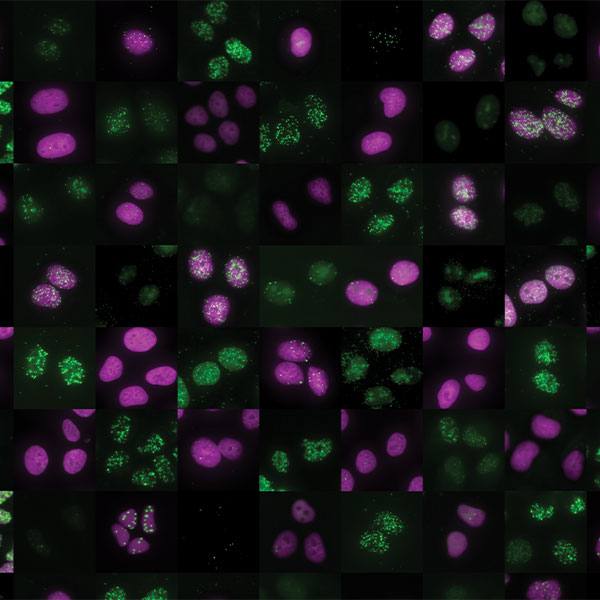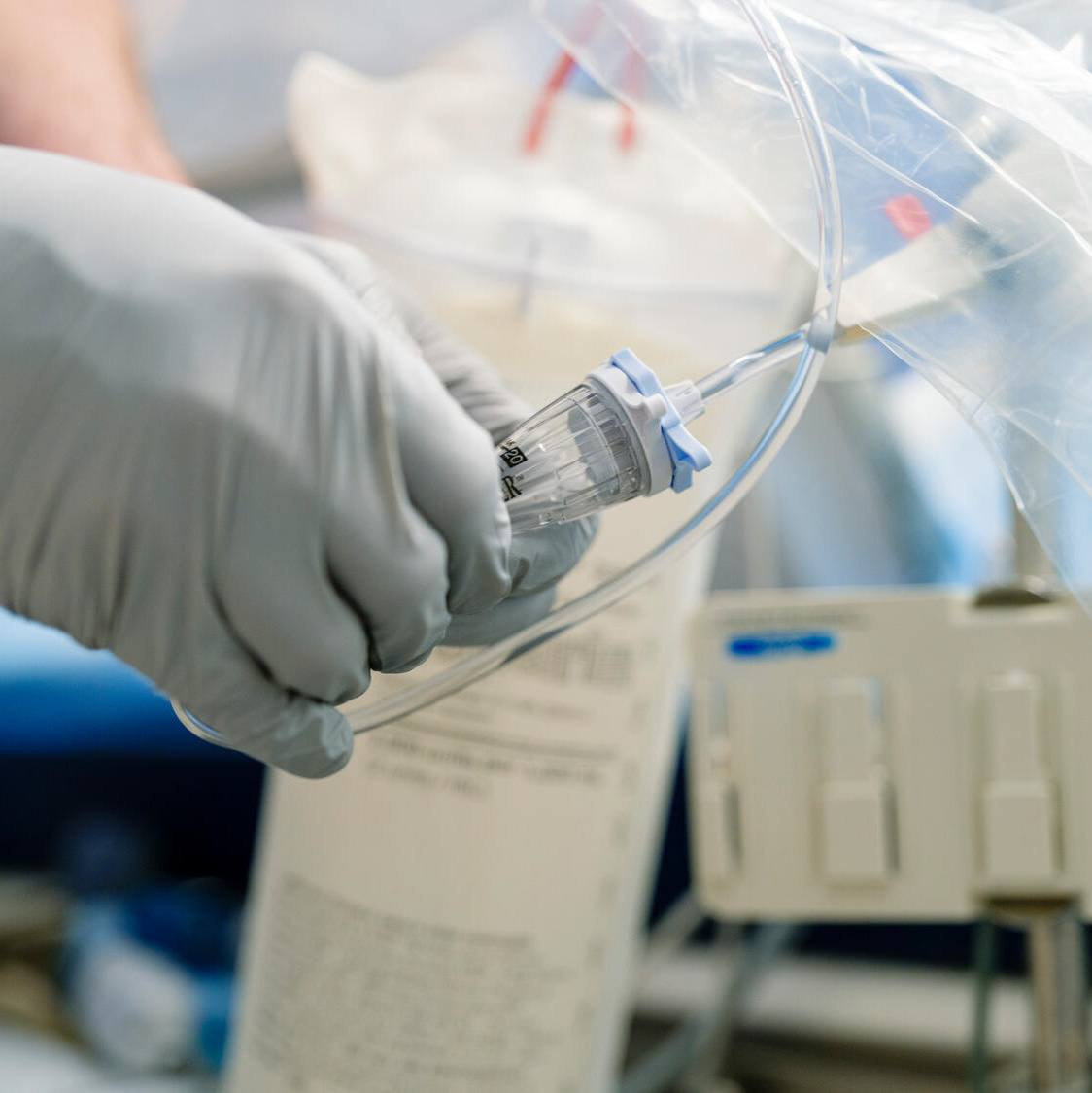-

Help for Hoarding Disorder
ROCHESTER, Minn. — Most people have accumulated some unnecessary stuff they find hard to toss, donate or recycle. But for people with a hoarding disorder, the urge to accumulate — and an inability to discard — spirals out of control. The November issue of Mayo Clinic Health Letter covers hoarding disorder and treatment approaches.
A key distinction between a hoarder and a collector — or someone who is just messy and disorganized — is when the haphazard accumulation of stuff begins to interfere with social life and the ability to do necessary work. At its extreme, hoarding results in cramped, often unsanitary living conditions with only narrow passageways winding through stacks of clutter. Health risks increase as piles accumulate. Risks include the increased likelihood of falls and fires, social isolation, difficulty with finances, and even eviction.
Hoarding tends to run in families. Signs of hoarding often emerge as early as the teens and become more severe by middle age. The death of a spouse, divorce, children moving away or health problems may tilt an older adult toward more extreme hoarding.
About 75 percent of the time, hoarding occurs in conjunction with other mental issues such as depression, obsessive-compulsive disorder, alcohol dependence, dementia or anxiety. For some, hoarding is a distinct syndrome. In this case, people may not experience much, or any, embarrassment, worry or stress about hoarding.
Those who recognize their problem often are ready to seek treatment. Therapy for the underlying mental condition often is a first step and it may help reduce hoarding impulses. Still, sticking with therapy and clearing out possessions will likely be challenging.
For those who don't see hoarding as a concern, successful intervention typically works best with a team of professionals, loved ones and friends. The approach is to build trust and help the hoarder gain insight into the need to clear out the living space. Dwellings that are cleaned up without the consent of the hoarder won't address the underlying problem. And, a forced cleanup may make the hoarder more suspicious of help and cling to possessions even more.
The primary treatment is cognitive behavior therapy. The approach gradually challenges the faulty thinking and modifies unhelpful behaviors. Treatment usually includes home visits by family members, therapists and other professionals to help coach the hoarder on skills necessary to make the needed changes.
Therapy is time consuming and progress can be incremental. Expectations of a tidy home are usually not realistic. Those who stay with the treatment plan over time can gain better control over the behaviors and clear out enough possessions to allow for safe, comfortable living areas and improved well-being.
Mayo Clinic Health Letter is an eight-page monthly newsletter of reliable, accurate and practical information on today's health and medical news. To subscribe, please call 800-333-9037 (toll-free), extension 9771, or visit Mayo Clinic Health Letter Online.
###
About Mayo Clinic
Mayo Clinic is a nonprofit worldwide leader in medical care, research and education for people from all walks of life. For more information, visit MayoClinic.com or MayoClinic.org/news.
Journalists can become a member of the Mayo Clinic News Network for the latest health, science and research news and access to video, audio, text and graphic elements that can be downloaded or embedded.
Media Contact: Ginger Plumbo, 507-284-5005 (days), newsbureau@mayo.edu







